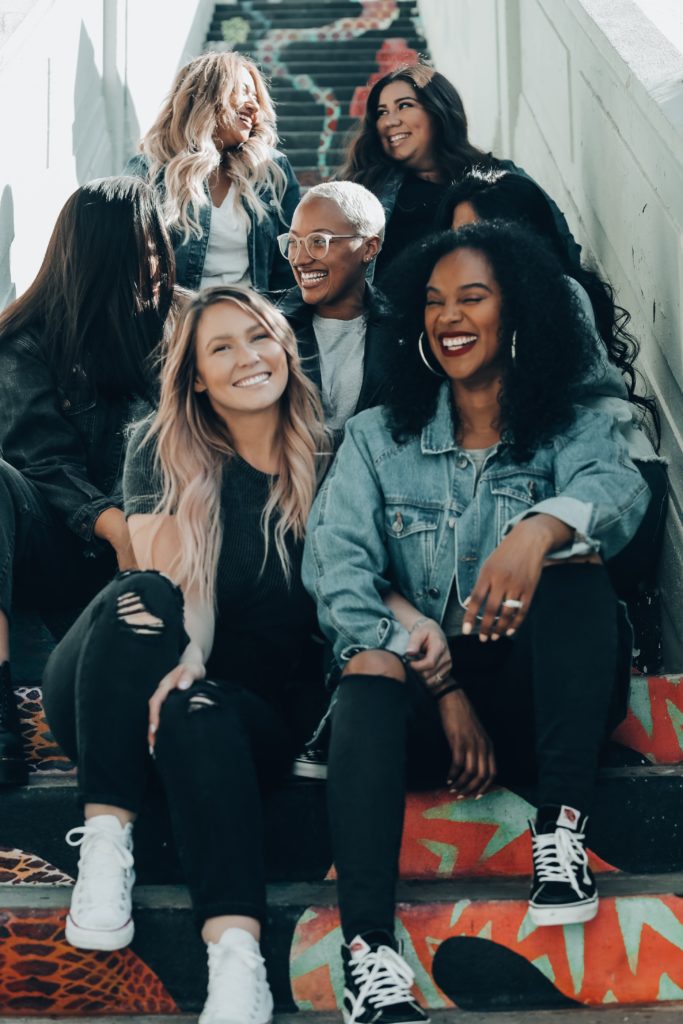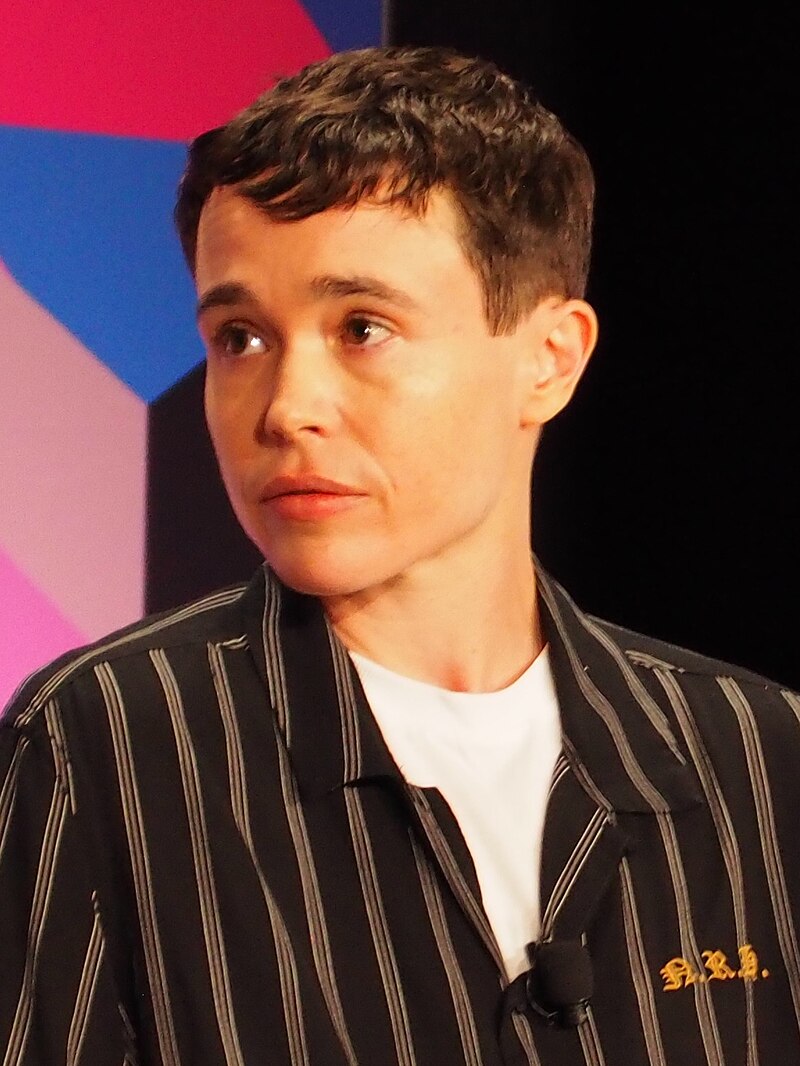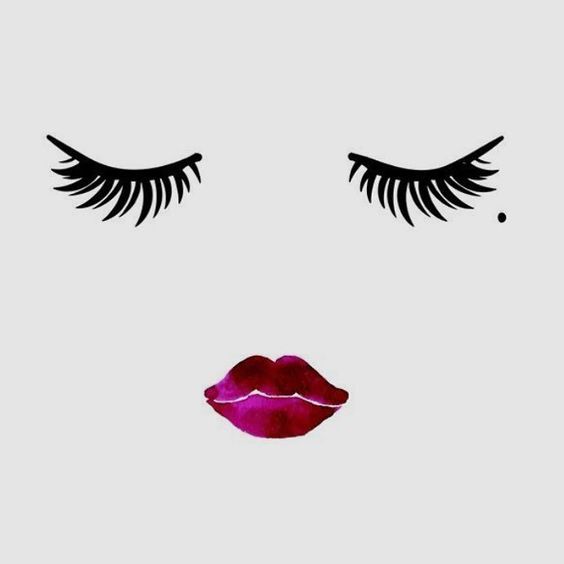
As I read more and more fiction, I come across many male authors who write female characters. Even when this is done respectfully, I sometimes feel a bit of dissonance about it. Why would it be appropriate for a male—who has more privilege than a female in a patriarchal society—to write female characters? Is this not similar to casting white actors for minority roles, or casting able-bodied folks to play disabled-body roles? Let’s dig in.
I recently read A Head Full of Ghosts by Paul Tremblay. The horror story follows a struggling family of four: John, the desperate father out of work; Sarah, the mother struggling to support the household on her own; their two daughters, teenaged Marjorie and eight-year-old Meredith, or “Merry.” The story is told from Merry’s perspective, both in real time and through flashbacks. It is a fantastic read, and I highly recommend it.
And yet…
At one point in the story, Merry walks in on her older sister Marjorie while she is masturbating on top of their parents’ bed, menstrual blood all over her hands and the bed sheets. Merry describes her sister’s body and movements in relative detail, and it left a bitter taste in my mouth. How can this man talk about menstruation and masturbation from a girl’s perspective? He will never know what it is like to bleed or to learn to navigate one’s female sexuality and body. How dare him?!
Nonetheless, by the time I finished A Head Full of Ghosts, I had already ordered another Tremblay horror novel titled The Cabin at the End of the World. Because I absolutely admit, A Head full of Ghosts is a good book. The writing is incredibly strong and the story stuck with me over the next couple days as I waited on my new title to arrive.
Then, I begin reading The Cabin at the End of the World. The book follows two partners, Andrew and Eric, and their adopted child, Wen. Wen is not only female, but is also Chinese and was born with a cleft lip. The story is told from each of their three perspectives, alternating by the chapter. The result is fascinating and helps provide the reader with multiple perspectives of the story.
But let us remember, this is a white cisgender man, writing the perspectives of two gay men and their adopted female child, with physical abnormalities, from China. Seems to me quite a hefty undertaking.
But Tremblay writes these characters well. He does so with respect. So, why does it still strike me as inappropriate?
I think back to my earlier days of reading, so many moons ago, wherein white male authors were notoriously recognized as authors of the “classics.” Tender is the Night, anyone? F. Scott Fitzgerald certainly had an amazing facility for language, but his female characters lacked depth. The women in his stories seemed obsessed with heterosexual romance and their voluptuous, feminine appearances. To me, it read like covert objectification.
Then in 2014, I discovered Bojack Horseman on Netflix. Again, exceptionally good writing, with many references to veganism, feminism, and social justice. Arguably, Bojack Horseman is a good show overall. But a supporting female character ends up dying in the show, which motivates the main male character to reevaluate his own life. So here again, dissonance. I am like, “Okay, so this female’s life is just a tool? A sacrifice which enables the male to sort his own life out?” Folks, why must a female die in order for that to happen?!
While thinking about this article, I thought back to Stephen Graham Jones’ 2020 novel, My Heart is a Chainsaw. He writes from the perspective of Jade; a jaded, half Indigenous adolescent female. Throughout the entire book, I didn’t experience one moment of dissonance while reading. Jade is even a rape survivor in the story, which is a nod to the prevalence of domestic violence and sexual abuse that Indigenous women face. But it didn’t bother me that Jones wrote Jade’s character. Jones did so with so much respect and creativity that Jade practically climbs off the pages of the book and greets you for your morning coffee.
Ultimately, it occurs to me that perhaps my sensitivity to male writers who write female characters is privilege. Because Jones is a Blackfeet tribal member, and Tremblay is white. And Fitzgerald was white, and so are so many other “classic” authors of our time. For whatever reason, it is more palatable for me to indulge stories of female characters written by minority folks than it is for me to hear them from white males.
Maybe you’ve experienced such feelings of dissonance while reading white male authors, too. Or perhaps not. At any rate, the Bechdel test may help us navigate our choices of consumption.
The Bechdel test, which strives to measure the extent of feminine representation in fiction, has three standards that must be met in order for a work of fiction (whether it be writing or film) to meet the criteria:
- There must be at least two women with names.
- The two named women must speak to each other.
- The two named women must speak to each other about something other than a man.





